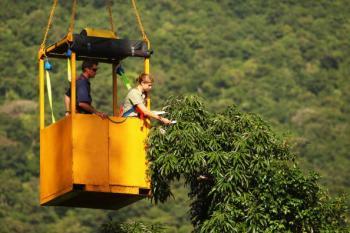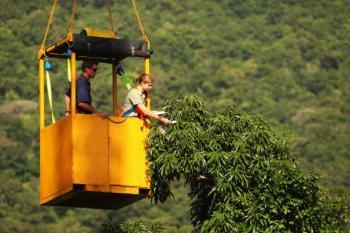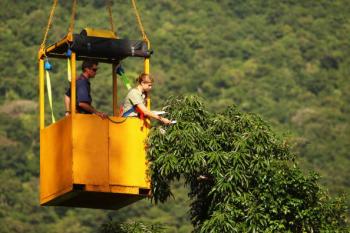Australia’s Wet Tropics in North Queensland may be one of world’s most vulnerable regions to climate change, Prof Williams told The Epoch Times. He said most of the Wet Tropics vertebrate species (birds, mammals, reptiles and amphibians) are 4-10 million years old and in the past, have survived small amounts of climatic change on cool mountaintops. It is estimated that the area may have been subjected to about 1.5 degrees of warming during past periods, but that it has probably been accompanied by alleviating effects of higher rainfall.
With greater increases in global warming predicted, along with lower rainfall and more extreme events such as droughts, storms and fires, Prof Williams explained the urgency of increasing the resilience of the Wet Tropics. “Now it’s much more fragmented. We’ve got other impacts like feral animals, big cleared areas that it is hard for species to migrate across”, he said.
Mitigation and Adaptation
In 1988, Australia signed the International World Heritage Convention to protect the Wet Tropics and Prof Williams wants to see this commitment followed through. Mitigation and adaptation offer solutions to averting these extinction predictions (See FACT BOX).
Mitigation involves reducing global warming through government policies and individuals taking action to reduce their carbon footprint. Prof Williams said people can lobby their Members of Parliament and governments to let them know how bad these impacts will be and that people care. He acknowledged that attitudes are changing, but commented: “Whether or not it will be fast enough, or enough, is another matter.”
Adaptation refers to the ability of ecosystems to adjust to and cope with climate change. On the ground, the CTBCC is working with the Wet Tropics Management Authority (WTMA) to develop practical management strategies to maximise biodiversity protection and adaptation based on the idea of refugia.






